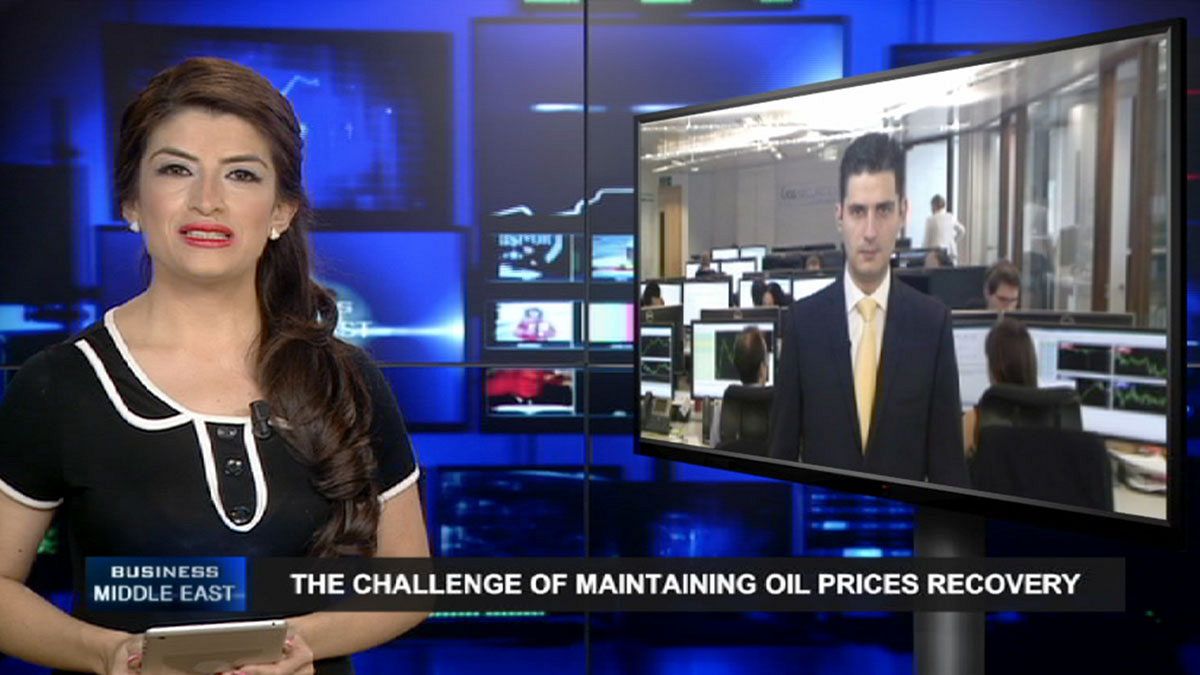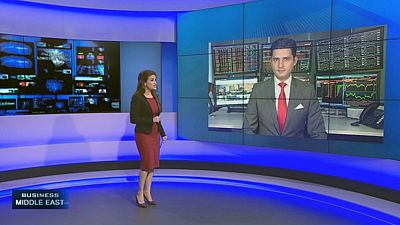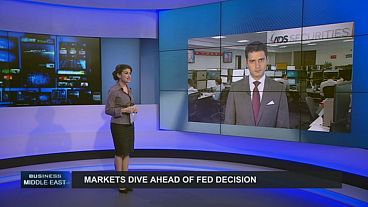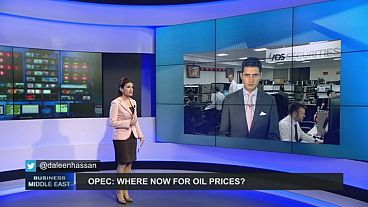The significant rise in oil prices at the start of May meant they reached their highest levels so far in 2015. To what extent are they recovering?
In this edition, we discuss the recovery of oil prices.
The significant rise in prices at the start of May pushed them to their highest levels so far in 2015. Meanwhile, the decline in US oil inventories was an unexpected surprise for the oil market and JP Morgan Chase Bank has decided to increase their forecast for oil prices in 2016.
The Iranian Oil Ministry stated it intends to increase its production and its share of the market once sanctions are lifted. Officials from OPEC have hinted that the organisation has no intention to cut production.
To what extent are oil prices recovering? Could the price reach the levels of $100 a barrel?
Rising times
The oil market has begun to breathe a sigh of relief for the first time this year, after a notable rise in prices.
Continued tensions in the Middle East, war in Yemen, the decline in Libya’s oil exports and the dollar’s decline in the last period are all factors that have contributed to the decrease in supply.
A pleasant surprise was the data released by the US Energy Information Administration on May 6. It showed a decline in the United States’ crude oil inventories which was the first since January of this year. Crude oil inventories fell by 3.9 million barrels over the first week of May, which was in stark contrast to analysts’ forecast of a 1.5 million barrel increase.
Meanwhile, Tehran announced an intention to regain its share of the world’s oil export market, when sanctions are lifted.
Iranian Oil Minister Bijan Zanganeh stated, “(In) less than 10 days we’re going to start to increase our production and during a maximum of six months, we will reach close to 3.8 [million barrels], and at the end of this year, the Iranian year, we will reach four million barrels per day crude oil output.”
OPEC officials hinted that the next meeting on June 5, 2015, could continue the same policy, maintaining current production levels in light of market recovery.
Market analysis
Daleen Hassan, euronews:“A state of cautious optimism hovers over investors in the face of continuing dollar volatility and the consistent oversupply of oil, in spite of the latest price hike. Joining us from London is Nour eldeen Al Hammoury, Chief Market Strategist at ADS Securities.
“To what extent will we see this oil price recovery sustained, and are we entering a stage of price stability?”
Nour eldeen Al Hammoury:“From a technical analysis point of view, we can definitely say that we are in a bull market. Whenever an asset class rallies more than 20 percent it enters a bull market status. Crude Oil prices already rallied by more than 45 percent so far, which means that oil is indeed in a bull-market status. This is what also led to a decrease in the downside pressure lately. However, the continuity of the current trend will depend on the global demand development in addition to the global economic recovery and the slowing down in China, especially after the slowing down of this and of last year.”
Daleen Hassan, euronews:“What is the impact of the dollar’s decline on the recent leap in prices?”
Nour eldeen Al Hammoury:“The recent decline in the US Dollar across the board had a notable effect on both Brent and WTI Crude Oil Prices. The US Dollar Index posted the biggest monthly decline which was not seen since 2009, declining by more than 6.45 percent during the past month and a half.”
Daleen Hassan, euronews:“Iran’s oil minister announced his country’s readiness to increase its production in the event that sanctions are lifted. How could that affect the market?”
Nour eldeen Al Hammoury:“There are many doubts from many of the analysts and even the politicians regarding Iran’s ability to increase its oil production and exports directly after lifting the sanctions. However, if they manage to do that, then the chances for an intervention by OPEC will be greater than before. This is also what the markets are waiting for from the OPEC meeting in June. However, if OPEC stands aside, then yes, rising oil production from Iran would be seen as a new negative factor for oil prices.”
Daleen Hassan, euronews:“What is the forecast for the next period and when could we get to a hundred dollars a barrel?”
Nour eldeen Al Hammoury:“There are many factors that should be in place to support prices toward $100 and above. The first factor is rising global demand, followed by a recovery of the recent economic shocks. The second factor is whether the Federal Reserve will be able to raise the interest rate in its meeting in June, 2015. If the Federal Reserve delays the first rate hike, this should weigh on the US Dollar. Thus, oil prices will remain supported by declining USD demand. The third factor would be if OPEC intervenes and also cuts the production in June, which would be a sustainable decision and would ease the pressure on oil prices ahead.
“If these factors are in place again, it would be easy to say that oil may recover above $100. However, oil is a needed commodity – no matter how much it declines it will recover as there are no major alternatives for 10 years from now.”



